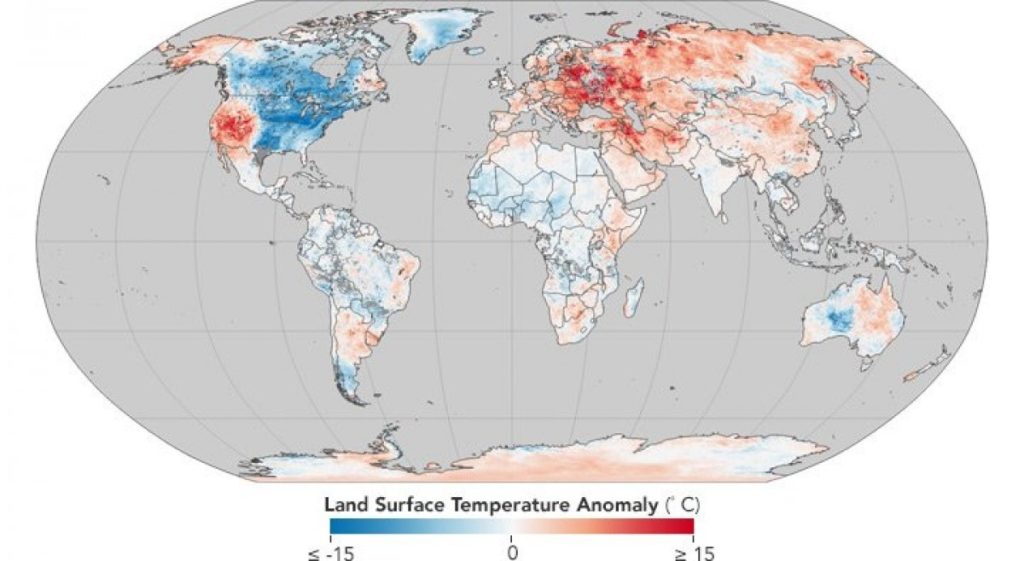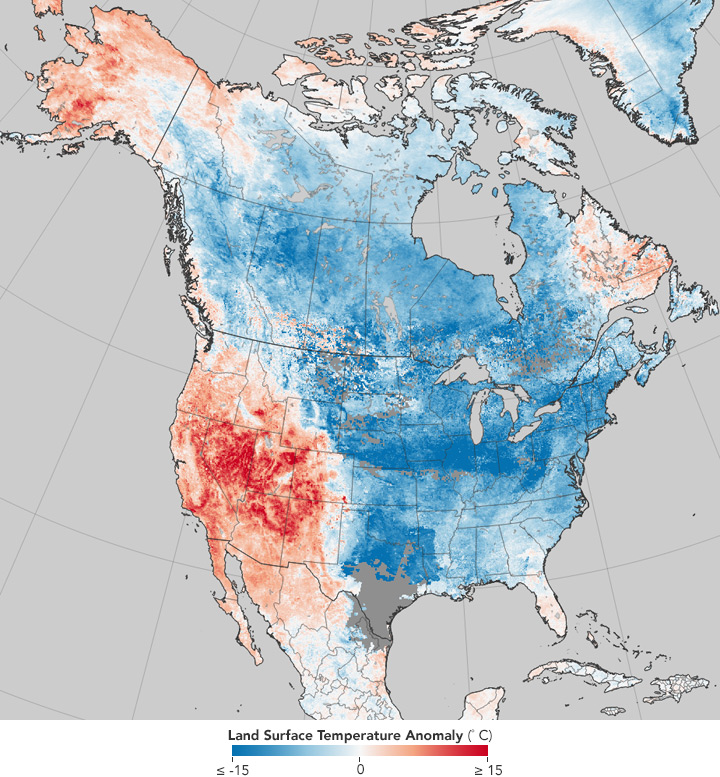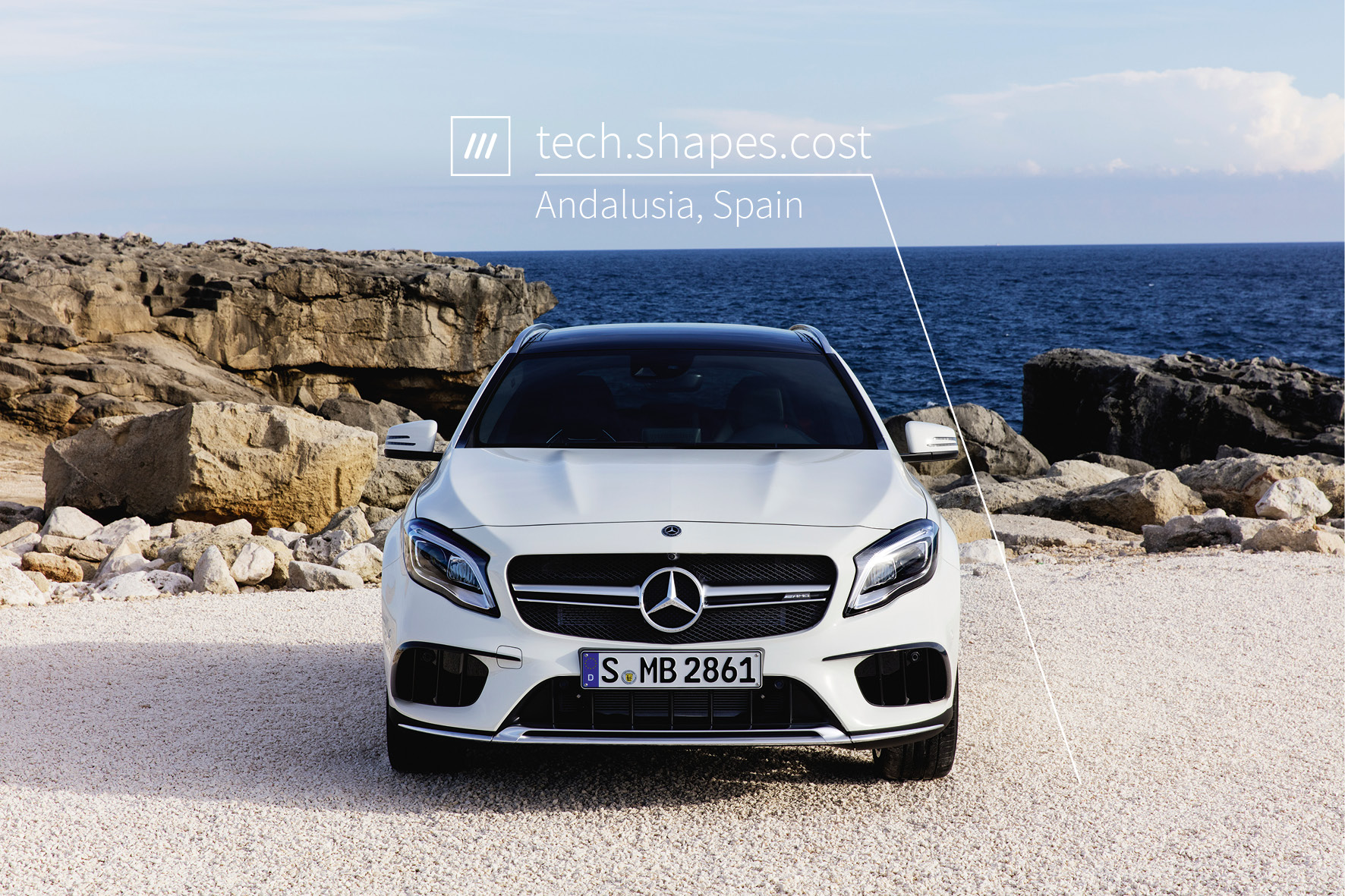
’Cause you’re hot then you’re cold: Map shows global temperature anomaly
Katy Perry could well have been talking about the weird winter we are having right now when she sang Hot N Cold. NASA’s Earth Observatory has put the current weather situation in perspective by plotting global land surface temperatures on a map.

So, while people in Midwestern and Eastern United States, along with Canada, have been shivering through a winter storm called the bomb cyclone, parts of Western US, Alaska, Europe, and Asia have been on fire. Not to mention the rare snowstorm the Sahara desert witnessed earlier this week!
The NASA map takes into account data collected by the MODIS (Moderate Resolution Imaging Spectroradiometer) instrument aboard its Terra satellite between late December and early January. The regions in blue are the ones that have been colder than average between the eight-day period of Dec 26, 2017, to Jan 2, 2018. The areas in red, meanwhile, have been found to be hotter than average when compared to the 2001-2010 temperatures.
Also read: NOAA’s new satellite might just put an end to weather jokes
While land surface temperatures are not the same as air temperatures, the map does underscore how December and January have been unusually warm for most of the world. Another stark reality that the map brings to fore is how America has been divided into two parts based on the weather it is experiencing. Take a closer look at the map of North America below:

NASA says that these extreme weather conditions can be attributed to the Rossby waves — jet streams that are formed when polar air moves toward the Equator while tropical air is moving poleward.
According to NASA, “As the crest of a Rossby wave — a ridge — pushed unusually far toward Alaska in December, it dragged warm tropical air with it. In response, the other side of the wave — a trough — slid deep into the eastern United States, bringing pulses of dense, cold Arctic air south with it. The Rocky Mountains have boxed in much of the coldest, densest air, serving as a barrier between the cold and warm air masses.”
This is also the reason why wildfires have been ravaging California in what should have been a wet season and why residents in Alaska’s largest city have been jogging in short sleeves and ice-skating in T-shirts!






